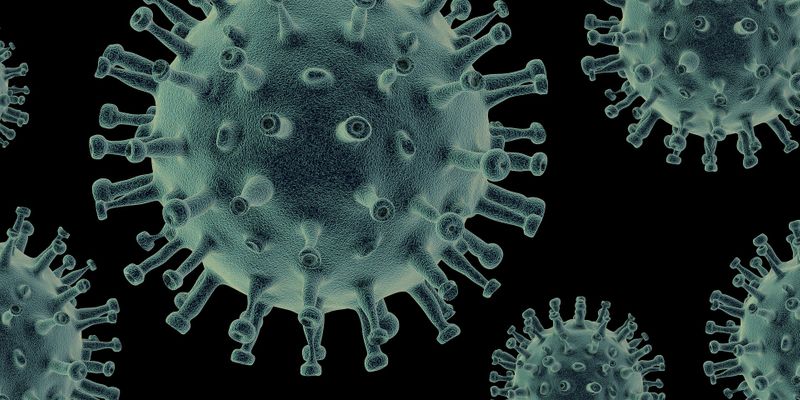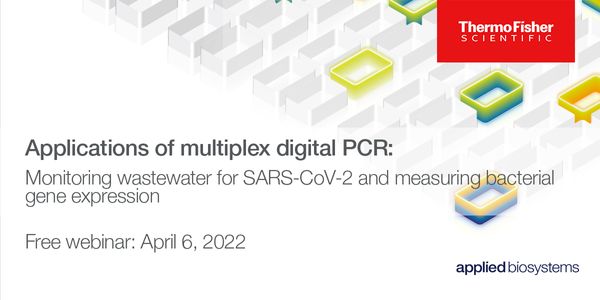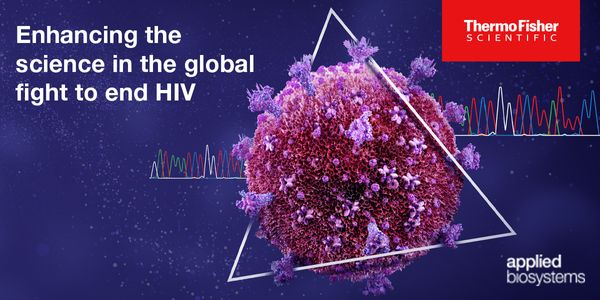The term viral refers to an infection driven by a virus and examples include COVID-19, AIDS, measles, hepatitis, and smallpox. Viruses contain DNA or RNA and must infect host cells in order to replicate and they can damage the host during this process. Antiviral medications or vaccines can treat viral infections.
-
Since the initial COVID-19 outbreak, the SARS-CoV-2 virus has mutated, resulting in a range of variants. SARS-CoV-2 variants of concern, exemplified most recently with Omicron, need to be de...
The coronavirus SARS-CoV-2 has led to a worldwide pandemic. Beside respiratory symptoms, infected people may develop neurologic dysfunctions such as loss of smell and taste, also seizures, a...
During the first year of the SARS-CoV-2 pandemic, international monitoring of SARS-CoV-2 genomic RNA revealed that the virus accumulated roughly 2 mutations per month. Nonetheless, one nonsy...
Date: May 03, 2022 Time: 8:00am (PDT), 11:00am (EDT), 5:00pm (CEST) CRISPR-Cas9 is one of the most commonly leveraged non-viral editing tools to engineer cells for therapeutics applications....
Date: April 20, 2022 Time: 11:00am (PDT), 2:00pm (EDT), 8:00pm (CEST) As novel therapeutic modalities progress through development, improved analytical techniques are required to overcome co...
APR 19, 2022 | 12:00 PM
C.E. CREDITS
Loop-mediated isothermal amplification (LAMP) uses a stand-displacing DNA polymerase and four to six primers to rapidly amplify DNA at a single temperature. By eliminating temperature cyclin...
Pathogen detection and surveillance have become a high priority in both healthcare and environmental settings for the safety of patients and the general public. The COVID-19 pandemic highlig...
























